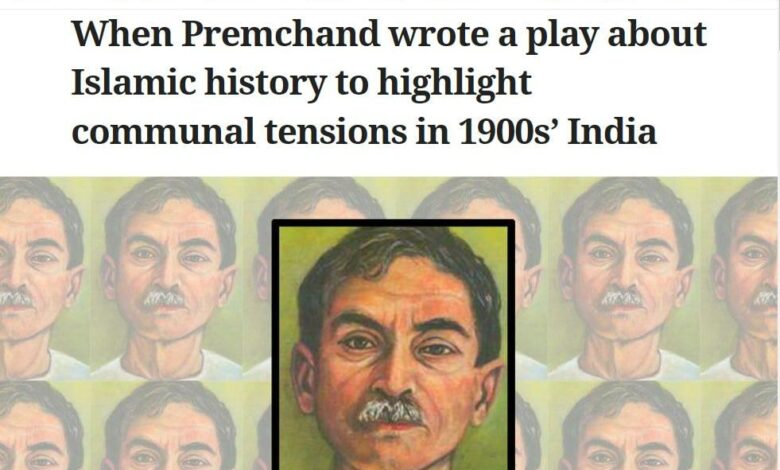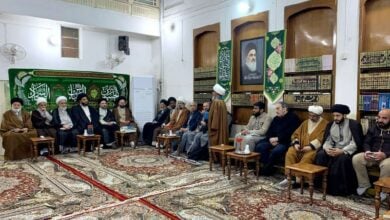
The Indian daily Scroll newspaper dealt, through an editorial, with one of the most famous tragic theatrical works that talks about the eternal battle of Karbala and the martyrdom of the grandson of the Messenger of God, Imam Hussein bin Ali, peace be upon them both.
In its article, the newspaper said, “The famous Indian writer (Premchand) had written the play (Karbala) with the aim of shedding light on the sectarian tensions that his country witnessed at the beginning of the twentieth century,” adding that “the writer began writing this work in July of 1923. It was completed in January 1924, while it was published for the first time in Hindi in November of the same year.”
The article added, “Two years later, the play was published in the form of a series in the newspaper (Zamana) for the period from July 1926 to April 1928, and parts of it were translated into Urdu by (Premchand) himself, while the rest of it was translated by his assistant (Munir Haider Qureshi).”
The author of the article, “Neshat Zaidi,” stated that “the play (Karbala) was later published in the form of a book in the Urdu language by (Lala Lajpat) six years after the death of (Premchand) after it was first published in Hindi,” adding that “the writer had conveyed, through the story of Karbala, the reader’s feelings, to a region where neither language nor religious rites act as guiding principles for unity, but rather, the realization of unity among all human beings through the common ideals of humanity.”
Zaidi added that for Muslims who are followers of the pure Ahlulbayt (peace be upon them), commemorating the event through Ashura rituals has echoes of resistance, but it has horizons beyond that, as Karbala appealed to the wider world and lived in popular memory, whether through verbal or written literature, in which generations of readers, poets, and writers, have renewed the Karbala story over and over again by recasting it in various discursive forms rooted in its contemporary contexts.






